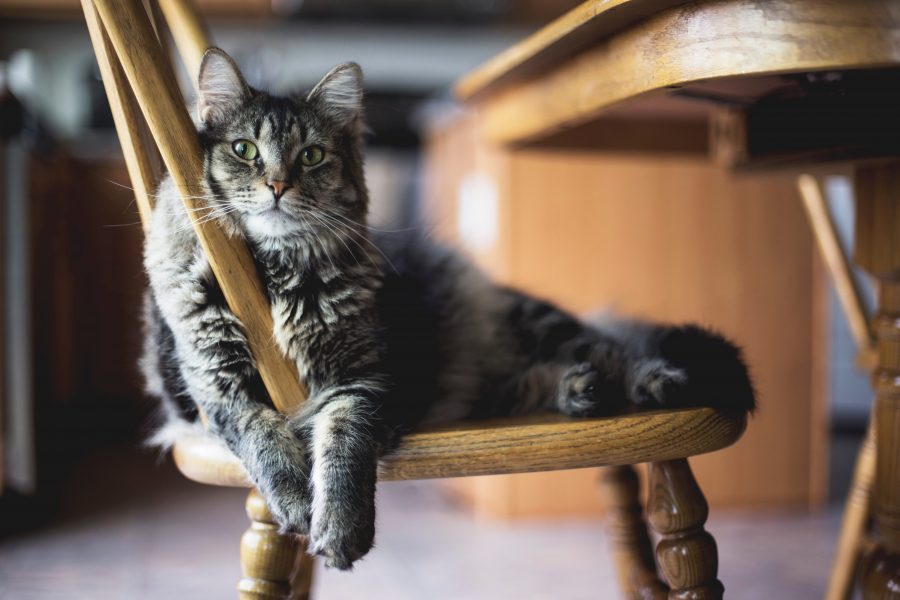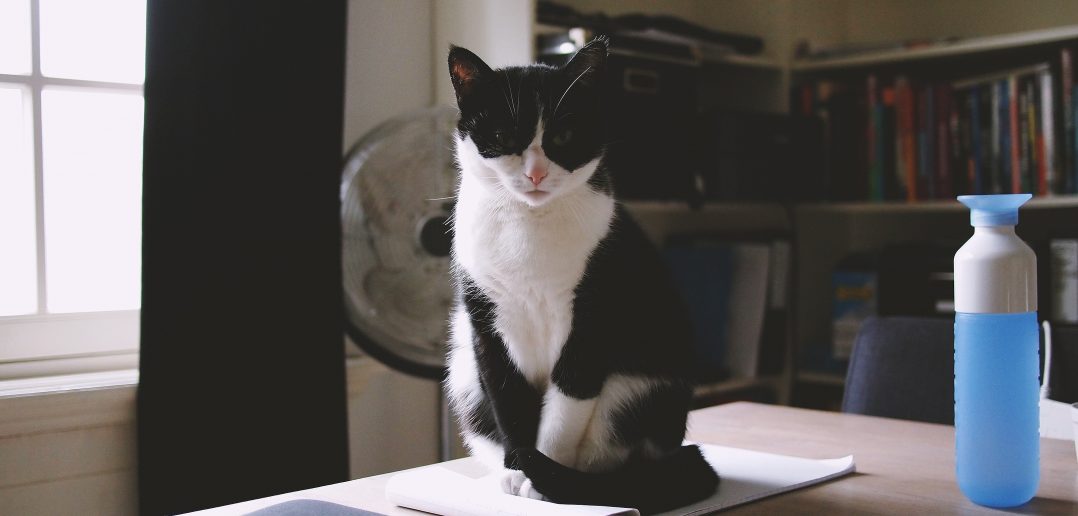Living in an apartment or small house certainly has its advantages, but the downside for animal lovers is that some pets are unsuitable for such environments (too noisy, too active or too large). However, sometimes you can make a few adjustments that will allow you to accommodate non-human members in your little home.
Sometimes your little friend can be a deal breaker if you haven’t prepared your case ahead of time when moving into a new place. Animal owners are often faced with resistance from complaining neighbors, pedantic strata committees, and inflexible landlords. Always check your homeowner’s agreement or tenant before choosing a pet for the apartment or small house living, to find out which types of pets would be allowed.
Provided you have permission, here are a few tips to help keep your pet happy, healthy, and living peacefully in a small home or apartment.
Be Prepared

If you own a dog, be prepared to take lots of walks. An apartment often means you won’t have a fenced in yard for letting your dog roam around outside and bathroom breaks will often require a leash.
If you own a cat, you need to do your best to understand their emotions and do your best to maintain a happy cat. Cats are not always very social and they often require more space and alone time than other animals might. Place a scratching post to save your household furniture, organize your space to fit their needs better and also make sure you provide them with a separate place for their litter box.
If you own more than one cat, the first thing you need to do is to get separate items. And yes, we mean separate dishes for water and food as well as separate litter boxes. And don’t think that only cats are like this. The rule applies to all animals. Sometimes when space is short to start, pets can decide that they need their area. And it is your job to provide them.
Make the Most of Your Room
When it comes to keeping your furry friend happy and comfortable in your home, you need to get creative. One litter box can fit in your bathroom, sure, but what about two of them? Perhaps modify an end table, cabinet, or a storage container to hide the second box.
Install secure, cat-friendly shelves to keep your cats occupied and away from knocking down your favorite things. When living in small spaces, horizontal and vertical space is equally important.
You can also hide pet beds underneath yours to make use of an area that might not otherwise be used. Once you start making your home more adaptive to your pets’ needs, it will keep getting easier to find new, creative solutions.
3Let Your Pet Adapt

You need to learn to read your pet’s signals and adapt accordingly since some of them are initially claustrophobic, and other thrive in little space. When you bring your fluffy friend to your new home, you need to provide an area that belongs only to him or her. Put the water, food, bed, toys and litter box in one place. It is essential to make this area low-traffic and quiet.
Give them time to adjust to the new room; keep noise and lights level low. Your bedroom is a good idea to do that before you open the door to the rest of your home. Bear in mind that sometimes limited space make a pet scared. If you notice that, leave the door open and let him or her explore and approach you.
Don’t be too pushy, just interact with your little friend on a limited basis. Especially if you own a cat, you need to be extra careful. For her, it can be intimidating to make an eye contact that is too intense.
Be friendly, let them take the lead and get used to the new home. After they get comfortable and acquainted with the environment it will all be much easier. Of course, there is a difference between a kitten and an elderly cat, or a dog and a puppy. The smaller they are, it is easier to get used to the new owner and house.
Size Doesn’t Matter As Much As You Might Think
The size of your pet doesn’t really matter when it comes to tiny homes. What matters is the temperament of the animal. Bear in mind that dogs love to run, especially if they have so much energy like Jack Russell terrier. In that case, make sure to take him out more often.
Pets are the perfect addition to our families, even when we need to clean after them five times in a single afternoon. They make life so much fun, and it is scientifically proven they provide a lot of health benefits to humans.
So, before you bring your little family member into your small house or apartment, give it some careful consideration. Your new pet deserves to be cared for and loved just like any other member of your household. But our final verdict is that pets and small homes can go side by side, if you are a bit creative, flexible and truly care about your little animal friend.
And if you’re moving to a new small space, consider hiring a team of experts to help with the heavy lifting and maximize your module space. With the low storage cost and transportation, they will save you time and take a lot of the stress out of moving day.




